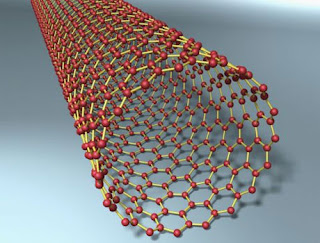One of the most expensive and brutal treatments I’ve tried was the SCS (spinal cord stimulator) trial. This involved hammering two metal-laced widgets the size of drinking straws into that tiny, sensitive space entirely surrounded by bone which we call the spinal cavity. The one that’s usually fully-filled by a mass of busy, sensitive nerve tissue.
My arms hadn’t hurt so little in years. My spine, back, neck and head had never hurt so much in my entire freaking _life_. At the mere rememberance, I still feel the shoulder, scapular and upper-back muscles twist themselves into that ghastly position that caused the least pressure against my cord. My neck is going to be cramping the rest of the day. Wish I hadn’t mentioned it.
So yeah, that was bad. I wrote Medtronics a bunch of notes from the nurse/patient/biogeek/engineer perspective. I have seen no indication that they did anything but circular-file them, so I feel free to discuss it now. They’ve had their grace period.
There’s no reason for such flat-out stupid, ham-handed, ignorant engineering. I’ve tried to see an upside to the current SCS tech, and I just can’t.
Shoving titanium into someone who’s allergic to surgical steel? Check your MSDS sheets, gentlemen. Cramming cubic centimeters into a space that’s painfully sensitive to pressure changes of cubic millimeters? Hang on, who thought _that_ would be a good idea?
Welcome to the future of implantable devices — especially those going into immunoreactive, sensitized systems:

Meet the carbon nanotube: body-friendly, weavable, conductive, cheap, easy to work with. Does its job on, easily, one thousandth the scale of silicone and wire.
Why is this on my mind? (Gentlemen, look away and hum.) First day of my cycle after a month of progress in rebuilding basic endocrine responses. EVERYTHING is supersensitive and hyperreactive. I want a carbon nanotube *body!*
Best I can do is coconut water. It really smooths out the bumps, if I drink enough of it. Here’s to 21st century tech, and hoping it makes it into something as profitable as biomedicine!



